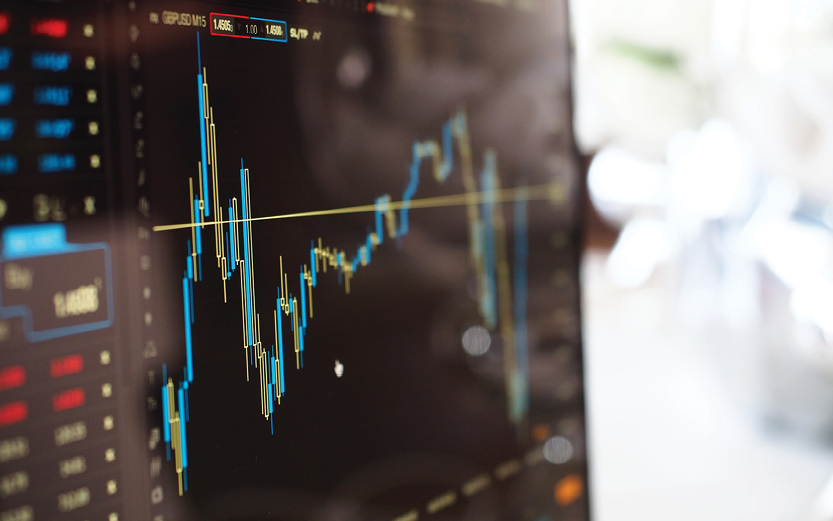Analysts and fund managers have recently been lining up to explain why commodity markets are on the cusp of a potentially multi-year bull market. Rockstar analysts Jeff Currie, global head of commodities at Goldman Sachs, and Marko Kolanovic, macro strategist at JPMorgan, go so far as to describe it as the beginning of a ‘supercycle’.
In the last two commodities bull markets, which happened either side of the GFC, major global resources companies rose four to five-fold, far outstripping the broader share markets, though it should be remembered the fall in between was precipitous.
Analysts describe the conditions as being in place on both the demand and supply side across almost the whole commodities complex.
Multiple drivers of demand
In the near term, the almost explosive post-COVID recovery some economies are seeing, fuelled by massive government spending and access to cheap credit, has already seen commodity prices respond. Copper has doubled since its lows of March last year, and now trades at nine-year highs, iron ore has more than doubled and is at 10-year highs and, after falling spectacularly to below zero in 2020, oil is back above US$60 per barrel. The Bloomberg Commodities Index has risen 44% from its lows of 2020.
As well as expectations of an ongoing rise in commodities-intensive infrastructure spending and construction activity, Currie points out the inexorable shift toward green energy underpins huge increases in demand for energy related metals. Already, lithium, a foundation element of most modern batteries, has risen 45% since the start of this year, and cobalt is up 58%.
The European Commission has estimated its Green Deal will require more than €1 trillion (A$1.5 trillion) to be spent over the next decade, and both China and the new US administration have endorsed a move to being carbon neutral by mid-century. With the three largest economic blocs in the world moving in the same direction, the implications for commodities demand are enormous.
Supply will struggle
COVID has also impacted the supply side of the equation, with production out of South America, which accounts for one third of global copper and iron ore production, suffering significant falls. James Stewart, co-lead portfolio manager of the Ausbil Global Resources Fund, argues in addition there has been the typical underinvestment in bringing on new mine production that you see in the aftermath of a commodities boom.
“In 2012 total mining capex was about US$75 billion, and then it fell like a stone to hit US$20 billion in 2016. While it’s picked up since, in many areas the mining industry is nowhere near where it needs to be just to replace annual consumption, let alone expand production,” he said.
For example, copper requires around 300,000 tonnes of new production per year for supply to remain constant, which translates to around $10 billion of capex, and there are no new large mines slated to come into production for at least the next year.
Currie describes most commodities as facing structural deficits, and Stewart agrees, “The process of getting even a small mine up and running, from finding the resource, to defining reserves and then building the infrastructure, can easily take four or five years, and for a big mine it can be 10.”
Stewart’s fund has been investing heavily in mining companies that supply the battery industry, where Bloomberg forecasts demand for nickel and aluminium will rise 13-fold to 2030 and lithium carbonate by nine times.
Longview Economics argues commodities, relative to equities, are as cheap as they have been in more than 50 years, lower than before the start of previous supercycles in 1969, 1987 and 1998.
A hedge against inflation
A further argument in favour of investing in resources stocks is as a hedge against the frequently cited possibility of a rise in inflation, driven again by the sharp rise in post-COVID demand. Commodity prices tend to rise with inflation, driving earnings for mining companies, which could offset concerns about the effects of rising bond yields on a portfolio’s growth stocks.
It’s not often there is such strong consensus among analysts and fund managers. Obviously a smart investor should always consider the counterfactual, but the fundamentals of demand and supply are stacking up to suggest resources stocks could be entering a multi-year uptrend.





